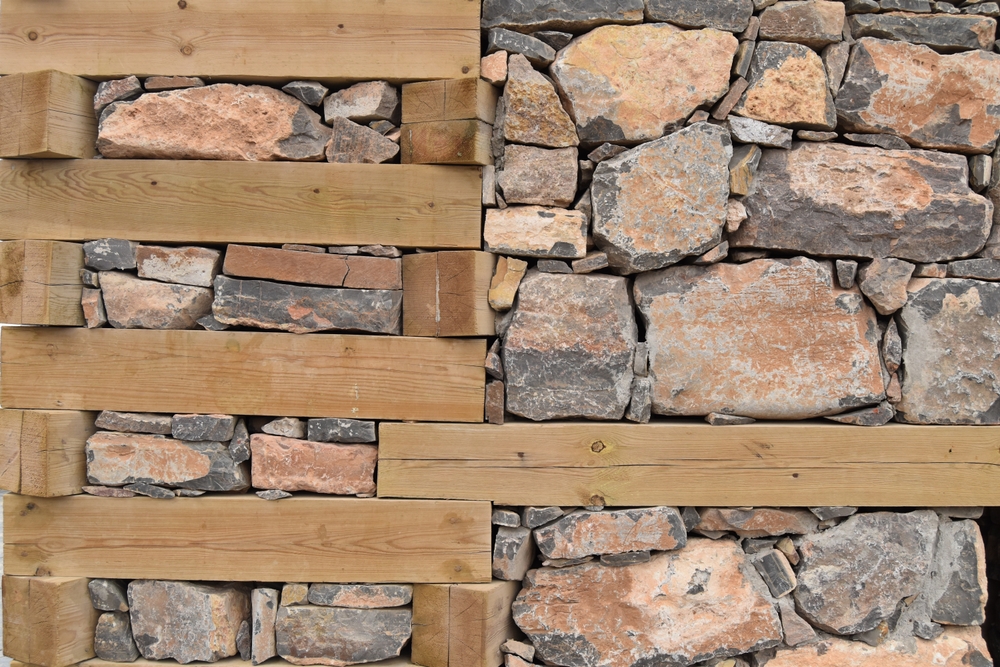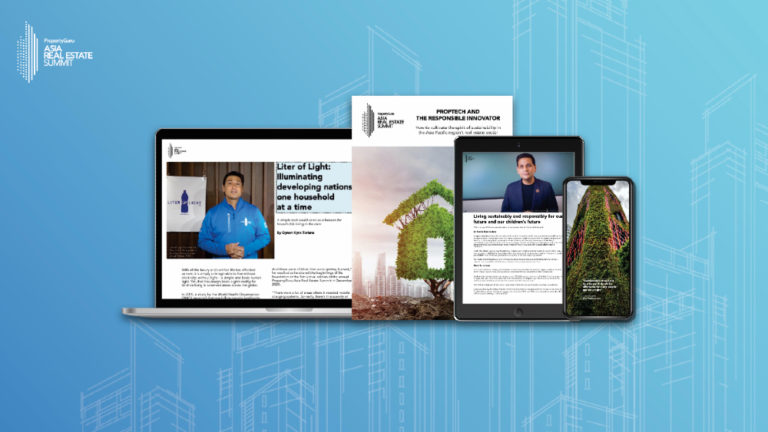Sustainable architecture builds resilience for a greener future
Climate-resilient architecture navigates challenges and embraces biophilic design for a sustainable future

July 2023 marked the hottest month on record, highlighting the increasing frequency and severity of natural disasters like floods and wildfires due to climate change. According to HDR Inc., architects and engineers are now challenged to incorporate climate resilience into their designs, despite shifting weather patterns rendering past data obsolete.
The United States has suffered over USD2.47 trillion in climate-related damages since 1980, with 2022 alone accounting for over USD165 billion and displacing three million people. Firms are taking a five-step approach to resilient design: identifying climate risk, assessing vulnerabilities, prioritising efforts, developing strategies, and implementing solutions. This process, grounded in data, offers a path to a regenerative future amidst climate uncertainty.
Sustainable architecture in India focuses on environmentally conscious building practices, driven by rising environmental awareness. Adani noted that key trends include passive cooling techniques, green roofs, renewable energy integration, biophilic design, and the use of sustainable materials. These approaches yield lower operating costs, reduced carbon footprints, improved air quality, increased property values, and enhanced well-being.
Related: Biomaterials are paving the way for sustainable net-zero architecture
Challenges include higher initial costs, the need for skilled labour, material availability issues, design constraints, technology complexity, and resistance to change. The future of sustainable architecture involves zero-carbon buildings, smart technology integration, biophilic design, sustainable infrastructure, circular economy principles, net-positive energy buildings, disaster resilience, and healthy building practices, contributing to a more eco-friendly future in construction.
Biophilic design, as reported by Constructive Voices, is crucial for architects and designers in addressing climate change and sustainability. It recognizes humans’ innate connection to nature and promotes incorporating natural elements into buildings. These elements range from natural materials to green infrastructure and natural light. Biophilic design enhances wellbeing, productivity, and creativity while improving energy efficiency and sustainability.
Key principles include direct and indirect experiences of nature and spatial variability. Research highlights numerous benefits, such as reduced stress, increased productivity, and better health. Biophilic elements also enhance building resilience by using materials like wood and green infrastructure to regulate temperature and reduce energy consumption. Indoor and outdoor spaces can benefit from biophilic design through plants, water features, and natural materials. Integrating biodiversity improves the environment and energy efficiency. Overall, biophilic design is essential for creating sustainable, resilient, and healthy buildings.
The Property Report editors wrote this article. For more information, email: [email protected].
Recommended
Meet the architect transforming Asia’s retail spaces with nature-inspired designs
David Buffonge, the cofounder of Hong Kong-based Lead8, has strong opinions on how to improve built environments around Asia
ARES White Paper Volume 3: The era of adaptive reinvention
Pioneering sustainable and innovative practices in urban development
ARES White Paper Volume 2: Unravelling the power of data revolution in real estate
Insights on proptech, smart cities, and sustainable development
ARES Digital White Paper Volume 1: The fundamentals of responsible building
Green and climate heroes join forces to discuss how Asia Pacific can weather the current environmental crises and the looming effects of climate change






